Vietnamese durian "explosion" in China
The South China Morning Post (Hong Kong) recently published an article reflecting on the "explosion" of Vietnamese durian products in the Chinese market. Accordingly, businessman Bob Wang, leader of TWT Supply China Company, a person with 8 years of experience importing durian, said: "If everything goes well, I will import more than 3,000 containers, equivalent to 60,000 tons of Vietnamese durian this year to meet market demand. This number is three times the amount I imported from Thailand. Last year, China imported more than 820,000 tons of durian. I am confident that the total imported durian output this year will exceed 900,000 tons. I am still ordering as much durian as possible."
According to the South China Morning Post, durian from Thailand has dominated the Chinese market for many years. Currently, China is opening its doors more to similar products from Vietnam, Malaysia and the Philippines. Similar to the assessment of Vietnamese traders, Chinese importers believe that the great advantages of Vietnamese durian are good quality, competitive price, and short transportation time from the growing area to the consumption market, only taking 1-3 days. To facilitate the import of durian from Vietnam, local authorities in Guangxi province have built a logistics service center to facilitate the import process.
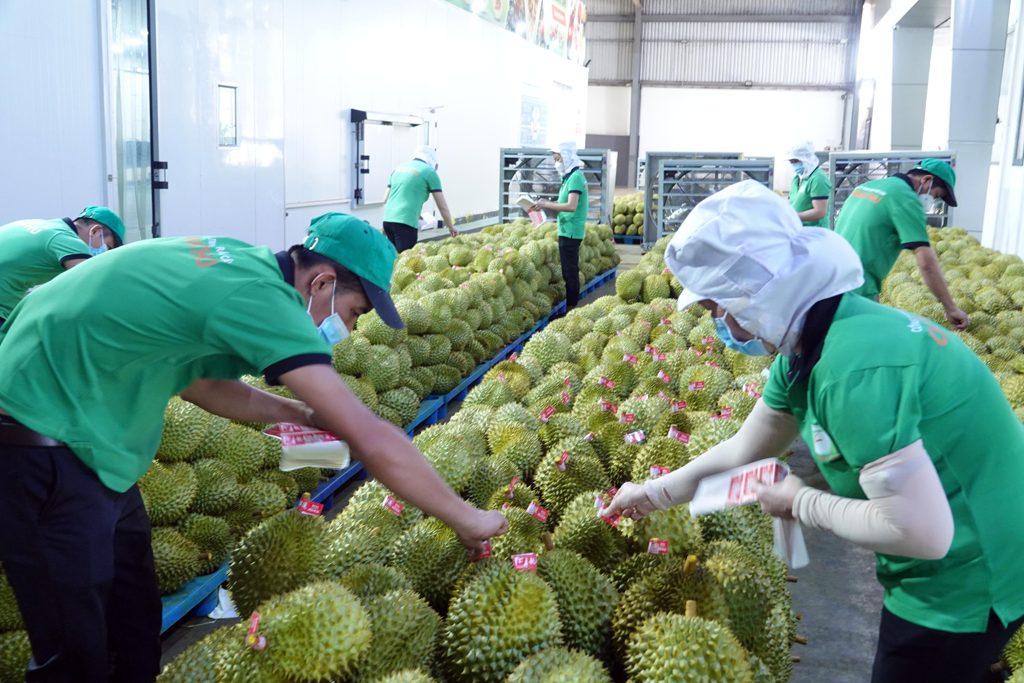
Vietnamese durian is likely to reach 1 billion USD in the first year of official export opening.
In the country, unlike the initial concerns of many people that durian exports would face difficulties when Thailand entered the harvest season, the reality is completely opposite when a recent report from the Ministry of Industry and Trade said that at the end of May, at Huu Nghi border gate (Lang Son), the number of vehicles congested sometimes reached more than 700 vehicles, mostly durian products. The Ministry of Industry and Trade has coordinated with the Chinese side to resolve the local congestion. Currently, the number of vehicles carrying agricultural products from the southern provinces to China continues to pour into the border gate areas. This shows that the demand of the Chinese market for durian products and Vietnamese agricultural products in general is still very large. This is an opportunity to help businesses and farmers increase their income.
Talking to Thanh Nien, many durian exporting enterprises and representatives of the Vietnam Fruit and Vegetable Association all shared the same opinion: durian exports are still very favorable even though Thailand is in the harvest season, prices fluctuate between 55,000 - 70,000 VND/kg, which is the level at which all parties, from farmers to businesses, make a profit. This price is also enough for Vietnamese products to compete and expand the market. "In addition, the Chinese customs have just issued additional codes for growing areas and packaging facilities for Vietnamese durian. These are extremely favorable factors for Vietnamese durian to increase its presence in China. With the current growth momentum and favorable conditions being expanded, Vietnamese durian is completely capable of reaching the target of 1 billion USD in the first year that China opens its official durian market," said Mr. Dang Phuc Nguyen, General Secretary of the Vietnam Fruit and Vegetable Association, optimistically.
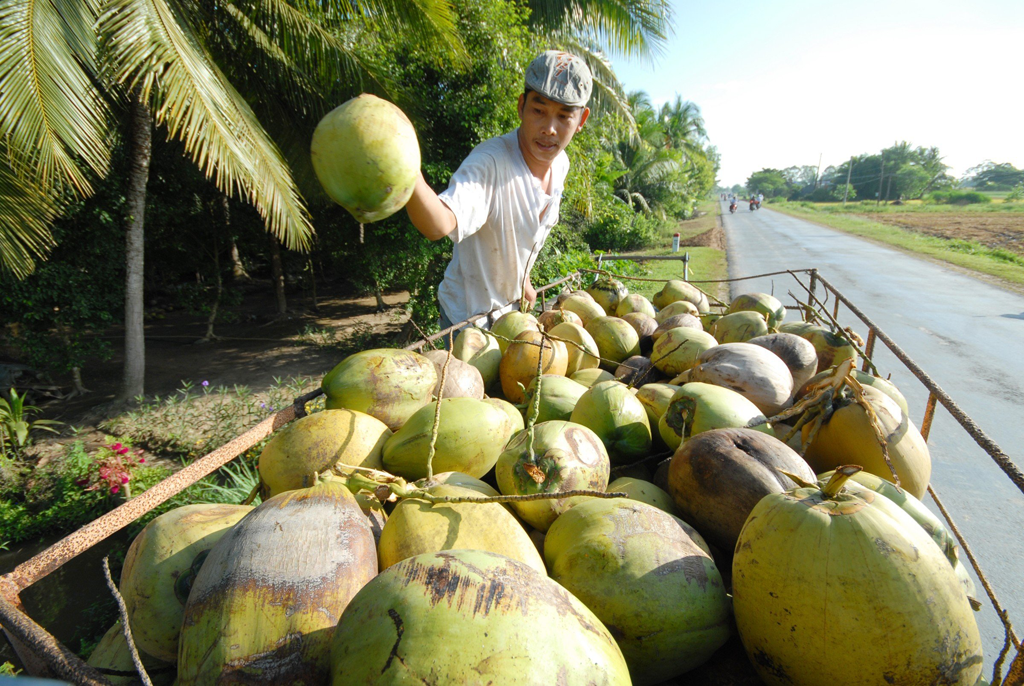
Coconut is also an agricultural product with high growth potential.
Coconut industry is about to enter the billion dollar club
Although fresh coconuts have not been officially licensed for export to China, the two countries’ authorities are still actively negotiating. However, fresh coconuts and coconut-based products, as well as handicrafts from the coconut value chain, are also eyeing nearly $1 billion in export revenue. Mr. Cao Ba Dang Khoa, acting General Secretary of the Vietnam Coconut Association, said: "This industry is divided into two distinct segments: fresh coconut for drinking water, also known as "tourist coconut", and raw dry coconut, also known as processed coconut. In the tourist coconut segment, output has increased rapidly in recent years thanks to many new, high-yield coconut varieties. Businesses peel, shape these coconuts into diamonds or remove all the fiber (bare coconut) for export, and in the domestic market, they transport the whole fruit to major cities for sale. As for the dry coconut segment, world demand is very high, especially for canned processed products used as ingredients for baking and food processing...".
In fact, in recent years, many businesses have seen the potential of coconut products and invested in the processing sector. Specifically, Ben Tre Import Export Joint Stock Company (Betrimex, a member of Thanh Thanh Cong Group) owns the largest canned coconut water production and processing factory in Vietnam. Up to 90% of the factory's output is for export, and the products are highly appreciated by foreign consumers for their quality.
Similarly, according to Mr. Nguyen Van Thu, Chairman of the Board of Directors of GC Food Joint Stock Company (GC Food), in recent years, GC Food has become one of the largest coconut jelly processors in Southeast Asia. The company owns the Vinacoco coconut jelly processing factory, and is planning to double its capacity to serve export orders in 2024 - 2025, mainly to the markets of Korea, Japan, Thailand and China. Mr. Thu commented: with the current trend of consuming purely natural, healthy products, coconut is a great product, meeting the above standards thanks to its natural origin, low risk of contamination with harmful chemicals, so it has high growth potential in the near future.
According to statistics from the Ministry of Industry and Trade, the coconut area in the country is about 188,000 hectares, with an output of 1.9 million tons in 2022, bringing in export revenue of more than 900 million USD including coconut and related products. With a lot of room left, the coconut industry is fully capable of joining the 1 billion USD export club in the near future. According to Mr. Dang Phuc Nguyen, the current difficulty of the coconut industry is that fresh coconut products have not yet been officially exported to China. Currently, Vietnamese authorities are actively negotiating, if fresh coconut products are officially exported, it will increase the turnover for both the coconut and fruit and vegetable industries in general.
Fruit and vegetable exports continue to grow
According to the Ministry of Agriculture and Rural Development, the export value of Vietnamese fruits and vegetables in May is estimated at 600 million USD, bringing the total export value of fruits and vegetables in the first 5 months of 2023 to 1.97 billion USD, up 39% over the same period in 2022. As of April, China ranked first in the consumption of Vietnamese fruits and vegetables with 58.7% market share, reaching a value of 805 million USD, up 30% over the same period in 2022. The market with the strongest growth in fruit and vegetable export value in the first 4 months of the year was the Netherlands, up more than 72% over the same period.
The country has nearly 6,500 growing areas in 53/63 provinces and cities and 1,600 packaging facilities in 33 provinces and cities granted export codes for 25 types of products such as dragon fruit, longan, lychee, mango, rambutan, star apple, lemon, grapefruit, mangosteen, watermelon, jackfruit, sweet potato, durian... concentrated in the markets of China, the US, Australia, New Zealand, Korea, Japan, EU... Durian, a new product officially exported to China, Vietnam currently has 293 growing areas and 115 durian packaging facilities granted codes by China. In the third and fourth quarters of 2023, it is expected that there will be nearly 7.6 million tons of main fruits for consumption such as: mango, banana, dragon fruit, pineapple, orange, lychee, longan, durian, jackfruit, avocado...
Source link



![[Photo] Closing of the 11th Conference of the 13th Central Committee of the Communist Party of Vietnam](https://vstatic.vietnam.vn/vietnam/resource/IMAGE/2025/4/12/114b57fe6e9b4814a5ddfacf6dfe5b7f)


![[Photo] Overcoming all difficulties, speeding up construction progress of Hoa Binh Hydropower Plant Expansion Project](https://vstatic.vietnam.vn/vietnam/resource/IMAGE/2025/4/12/bff04b551e98484c84d74c8faa3526e0)

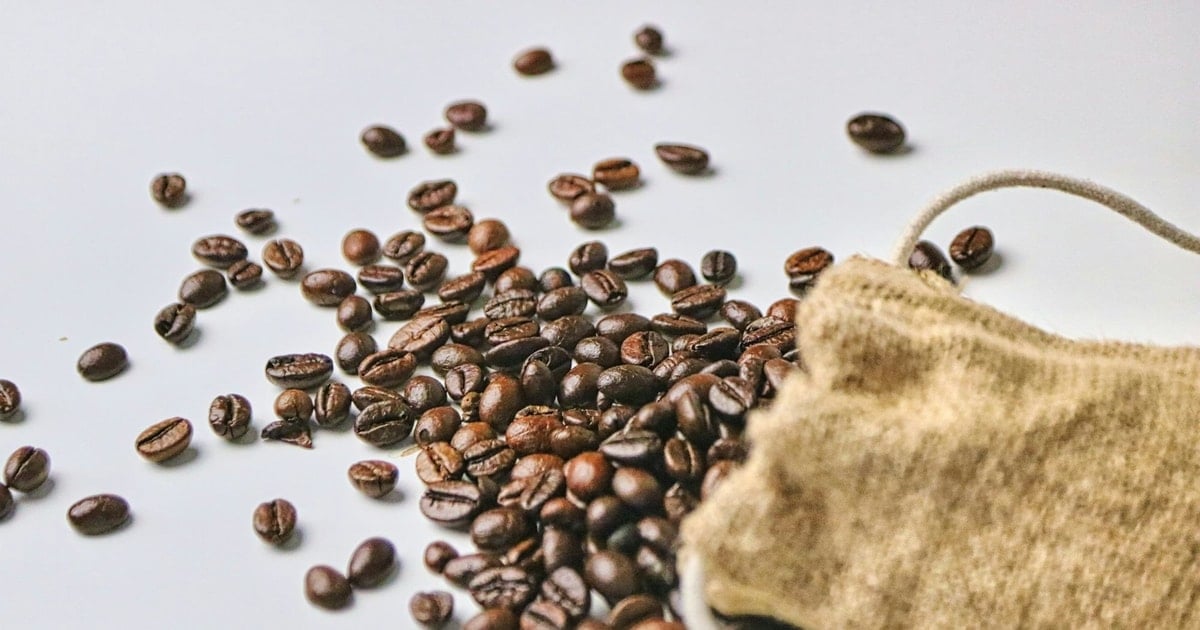

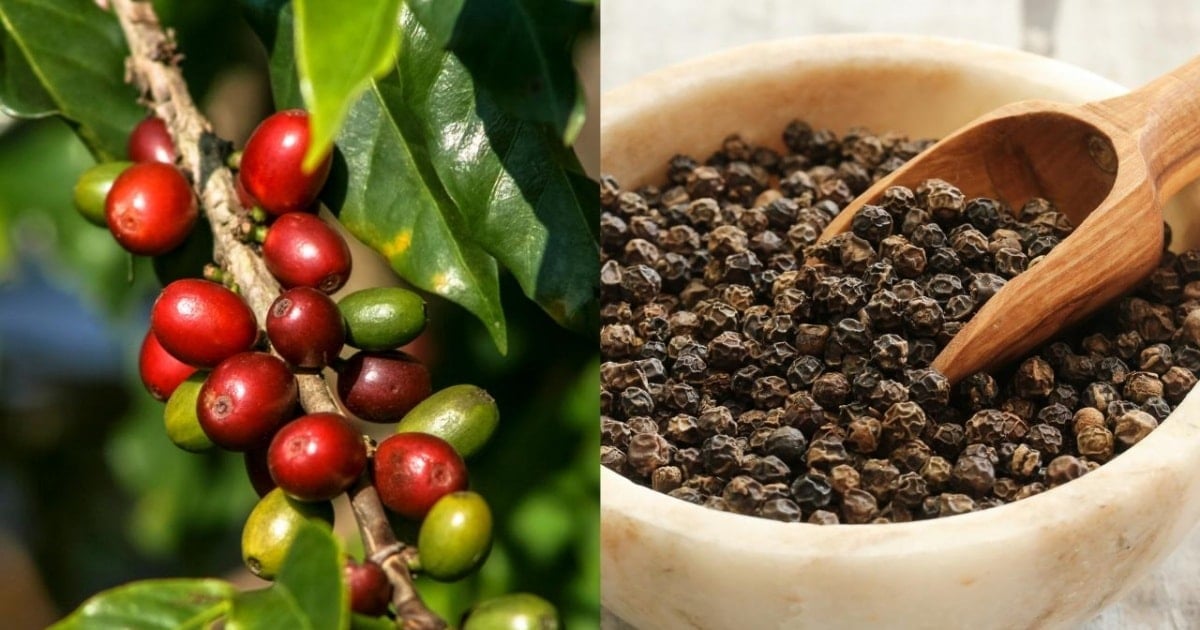
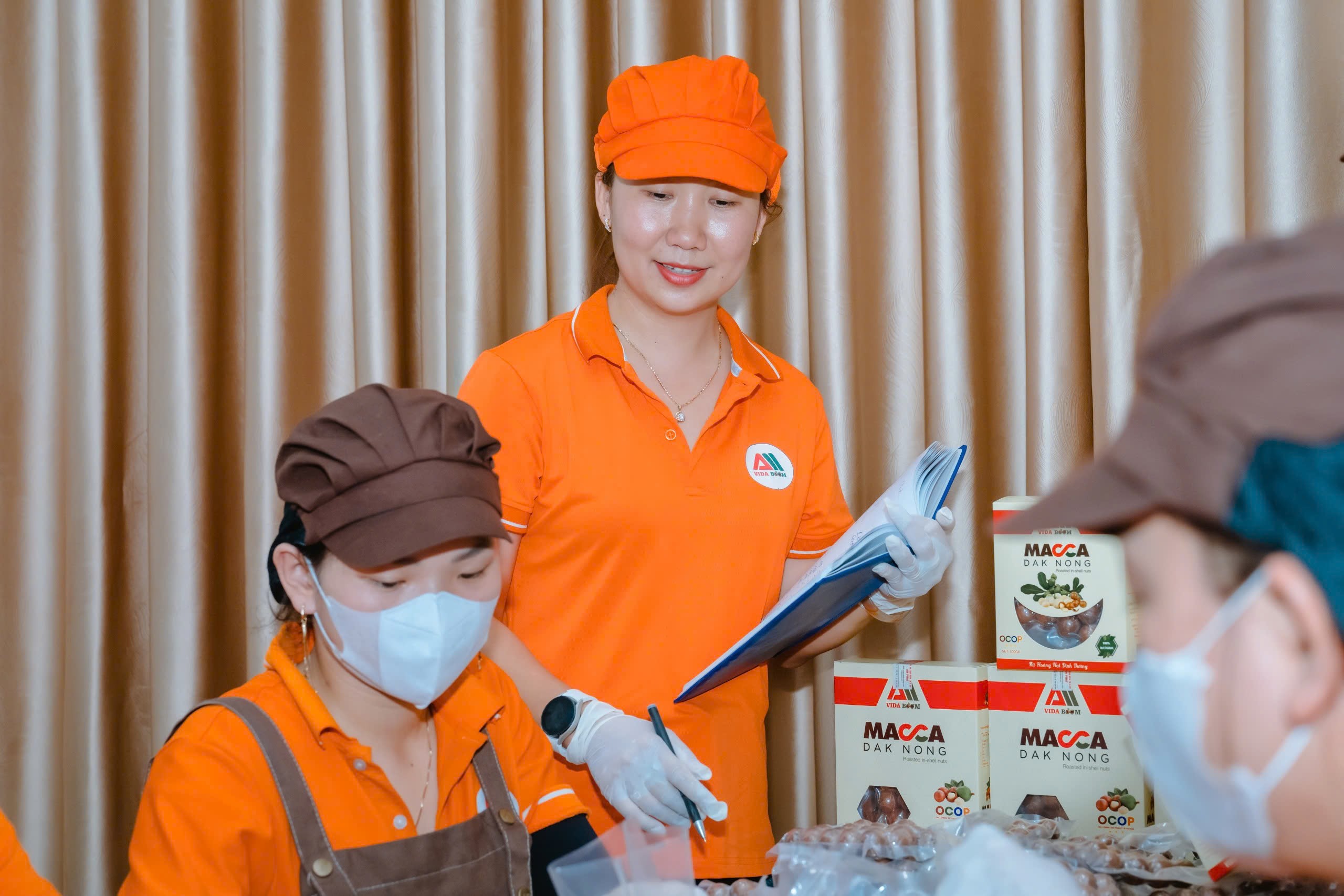



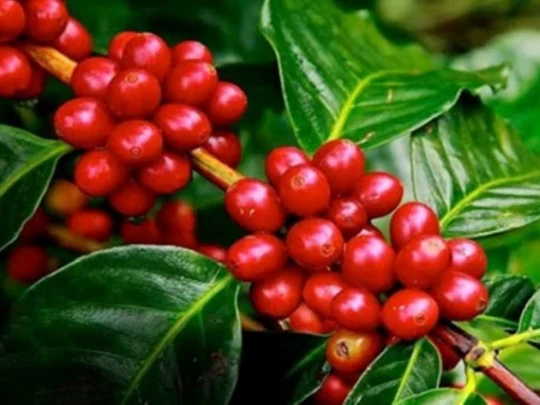

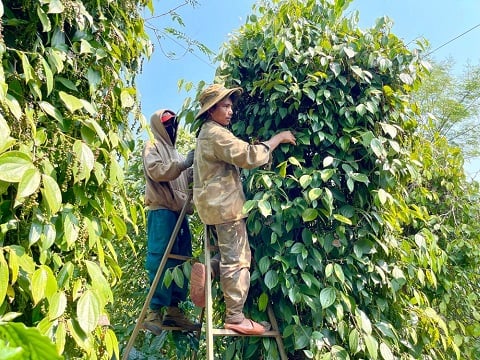


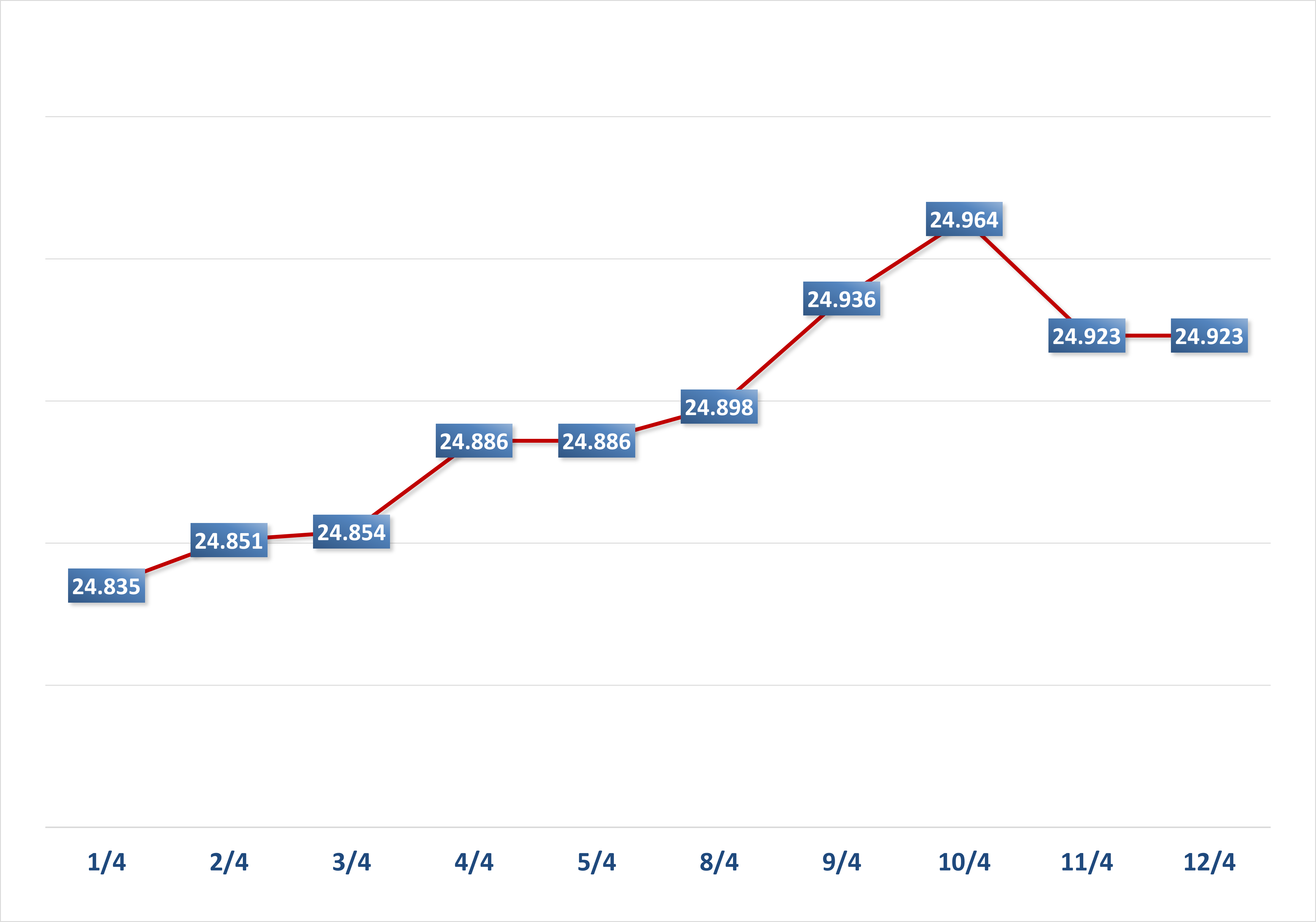











































































Comment (0)